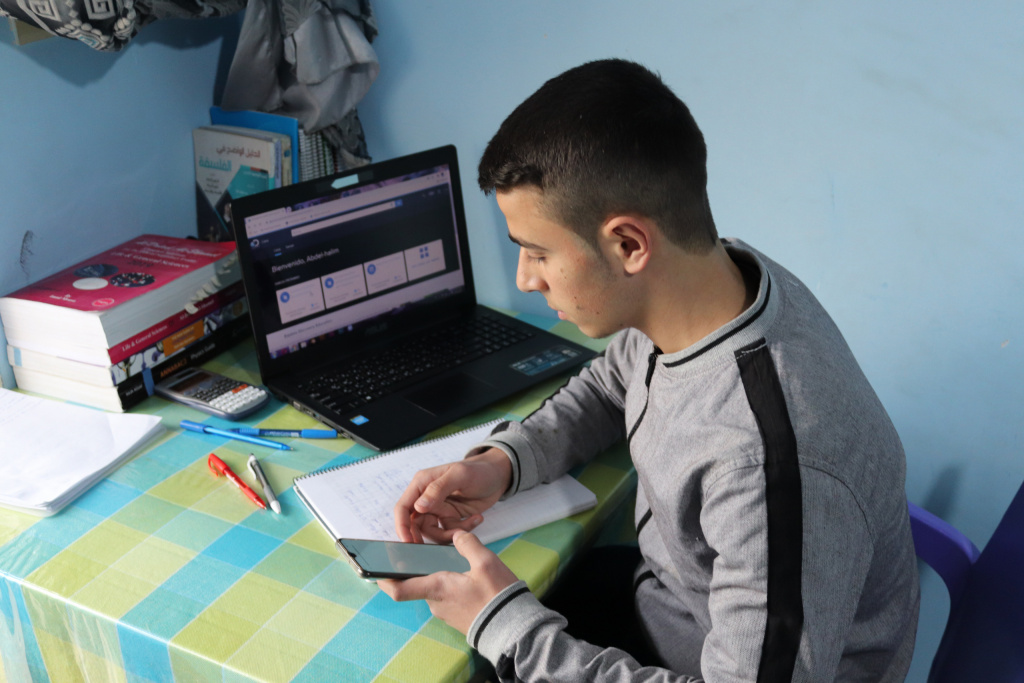
The possibilities offered by breakdowns of information literacy skills and models of information behaviour1 developed in the private sector can be powerful tools in education. Here we explore the Johari Window.
Taking its name from its developers, Joe (Luft) and Harry (Ingham), and created as far back as the 1950s, the Johari Window has long been used in organisations for understanding the effects of feedback from managers and disclosure by employees.
Applications of the Window in education are well-established – nearly thirty-five years ago, Dennison and Shenton highlighted its value to headteachers in the context of their discussion of the importance of interpersonal relationships in school management.2 However, embedding the Johari Window directly in teaching and learning situations is rare.
Yet the tool can serve as an effective means of helping young people to reflect on their experiences. Reflection in this sense is understood to be the adoption of a critical perspective towards one’s own thoughts, actions and behaviour, with a view to ensuring one’s continual self-development.3
As Art Costa recognises, taking “a reflective stance in the midst of active problem solving is often difficult”4 and it is not unusual for detailed reflection, if it happens at all, happens only at the end of a project, when the student can review the experience as a whole. and with some degree of distance. Yet by then they are over-invested in what they have done and feel unable to change direction to any great degree.